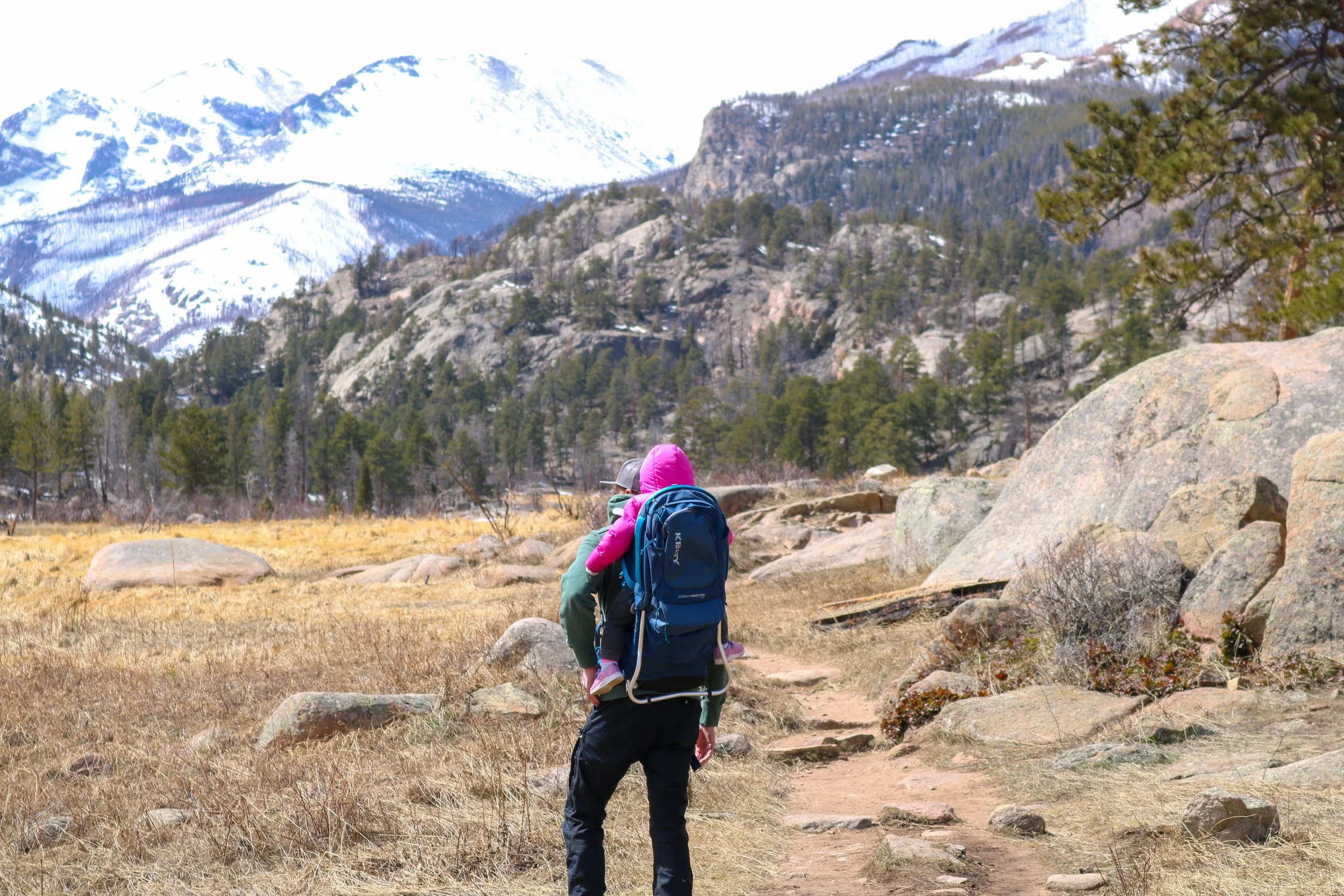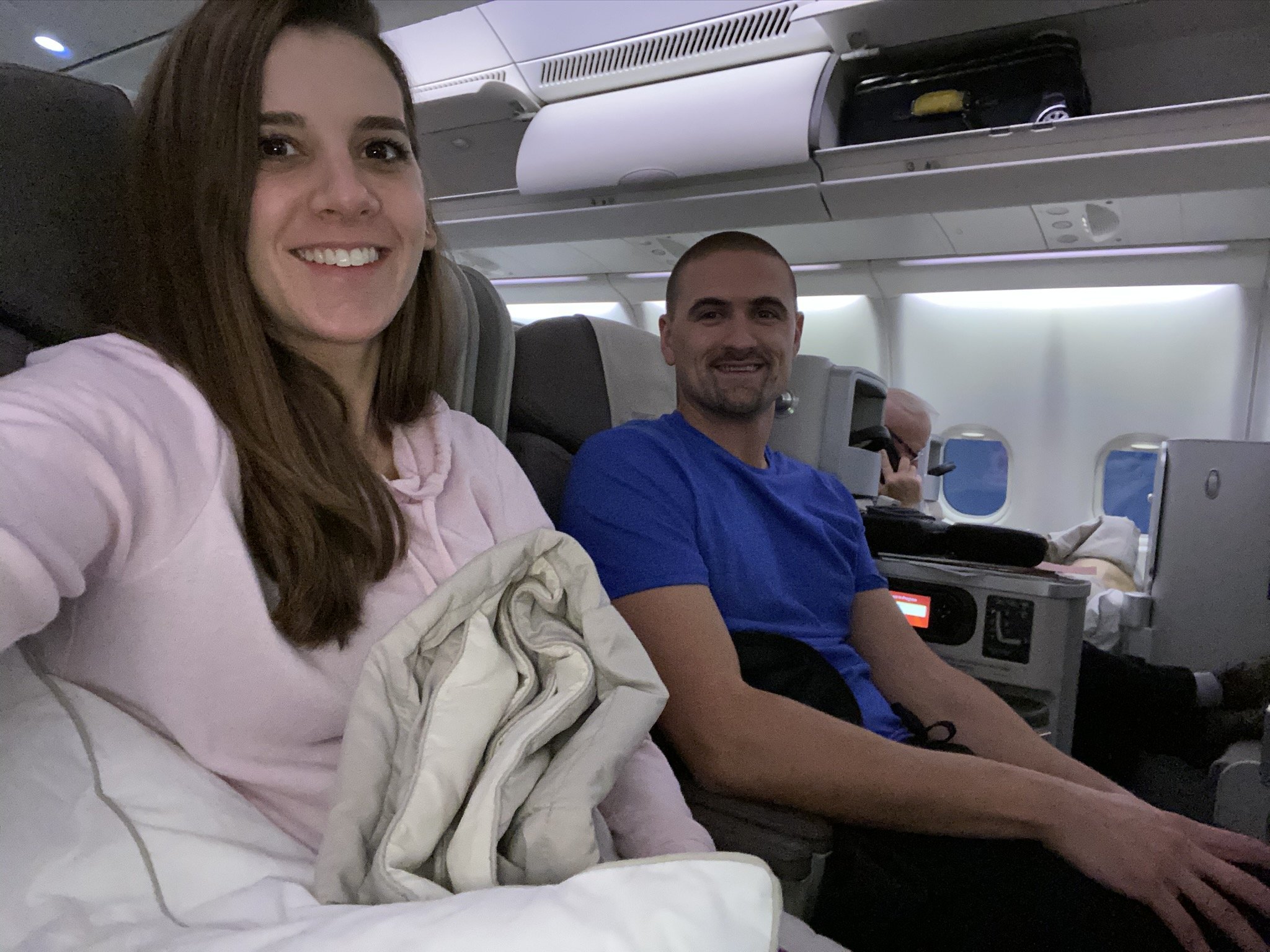In this post, I discuss our current travel credit card strategy, including which cards we use, why we use them and how we use them to travel cheaper. Find out which card we used to get $8,000 worth of flights for free! I’ll also touch on the most important part of travel credit cards…how you use them to maximize your personal spend at NO additional risk!
Our strategy:
THE $8k business class tickets to Madrid from Boston
When it comes to travel credit cards, our main goal is to earn points to exchange them for flights. Since our most expensive flights are international, we usually build up points via our cards and use them in bulk. Generally speaking, we use cards with a large partnership network, so that we can easily transfer points directly to the partner airline and use them to book direct.
Our cards:
We’ve held onto our current two cards for almost three years now (which seems like a record for us). We generally switch them every couple of years to take advantage of the hefty sign-up bonuses. Due to finding a couple of cards with large partner networks and decent point bonuses, we’ve stayed put and racked up some serious “mileage” (You’ll notice that I use mileage and points interchangeably sometimes).
So which ones are they?
Earning those points back in NH!
American Express Gold/Rose Gold Card ($250 annual fee)
This is hands-down our favorite card.
It gives you 4x points on both restaurants and supermarkets AND 3X points on airlines (1X points for everything else). We do this stuff A LOT, so our points build quickly.
Another huge benefit of the Amex Gold is that it currently has 17 global partner airlines . So that gives us huge flexibility in how we use our points, especially when traveling abroad (but for our American friends, Delta and Jet Blue are on that list!).
Currently, the card comes with a 60,000 point bump for signing up and putting $4k through it in the first 6 months.
It’s worth noting the $250 annual fee. While this seems like a lot on the surface, with our spending and our credit card process outlined below, we pay for this many times over. Our Spain flights alone were round trip, in business class, and would have cost us over $8,000! This is because points don’t necessarily have a dollar-per-point value. In some cases they do, but in others, airlines may give your points a much higher value.
Cathay Pacific first class upgrade!
Alaska Airlines Visa ($75 annual fee)
We’ve hung on to this one as our “domestic card” for a few reasons.
First off, they give an annual companion fare for ~$125 instantly giving you your return on the $75 annual fee (and pre-pandemic we shot for at least one Alaska airlines trip per year).
Secondly, Alaska Airlines has 24 worldwide partner airlines where you can transfer your points. So this makes international flight exchanges available
Lastly, we live close to Boston Logan airport and Alaska offers several convenient, direct flights to most west coast cities, earning 3 points per dollar spent
The current sign-up bonus is 60,000 points, with $3k spend in the first 3 months
As a bonus for us: Pre-pandemic, we flew Cathay Pacific to Vietnam and back, leveraging our Alaska Airlines membership account and racked up serious mileage (20,000 points!) to combine with our already growing account
How we use our cards to maximize our personal spend:
One of our points flights to San Diego
I’m sure it goes without saying, but did you notice that I didn’t mention the APR %, or interest % in my benefits above? That’s simply because we NEVER let a balance roll over a given billing period. It would completely defeat the purpose of leveraging these cards for travel, since our interest payments would cancel out the value gained. So what do we do?
Our process:
Identify applicable charges: Anytime we spend money, we funnel it through our cards. The only exceptions to this rule is where you can’t use a card (ie mortgage) and recurring expenses where a fee is charged for using a credit card. When the latter is the case, we generally stay away from charging the card because the earned points are potentially worth less than the fee costs.
Setup autopay: We immediately connect our checking account to our credit card bill pay and setup auto pay. This will automatically pay off the statement balance whenever it is due. By automating this process, we don’t have to worry about timely payments, or even our own discipline to pay on time.
Earn: By automating the process, we’ve set ourselves up to start stashing away points for redemption. Then when we start planning a trip, we can research all of the partner airlines (directly on their site) to see how many points we need to pay for the flights. Note: in many cases, if you are short on points, you can either book points with dollars, OR purchase a few extra points to top off your account.
Get your “Travel Like it’s 2019” tees!
Support us in style in 2022!
Well there ya have it. I hope this helps provide a high level lens into the value of travel credit cards. While many blogs and websites out there will make it more complicated than it needs to be (you can go crazy with this stuff!), it really is as simple as 1. Choose a card 2. Setup autopay and 3. Earn/redeem
Keep living presently and traveling often,
Kyle





















